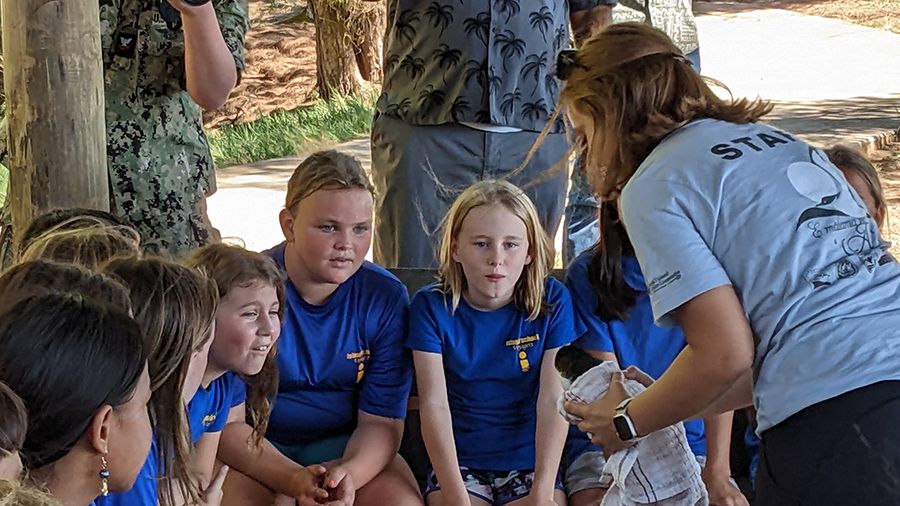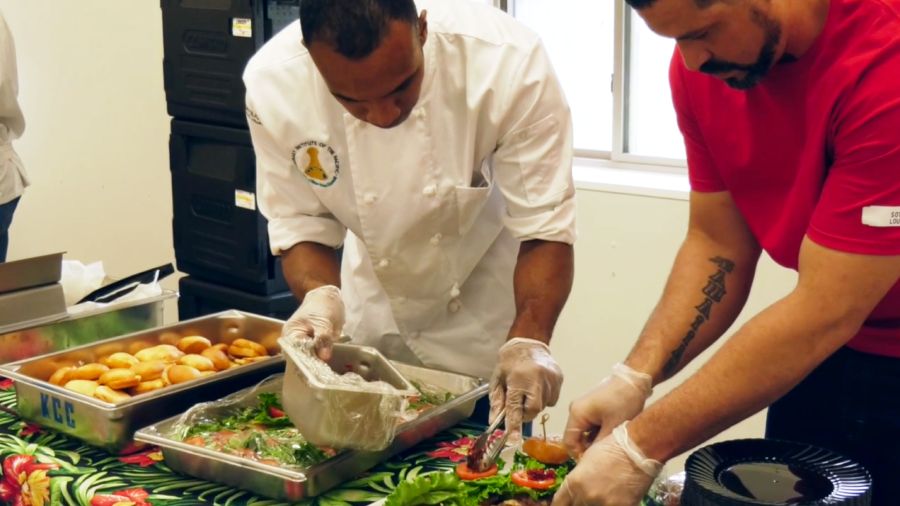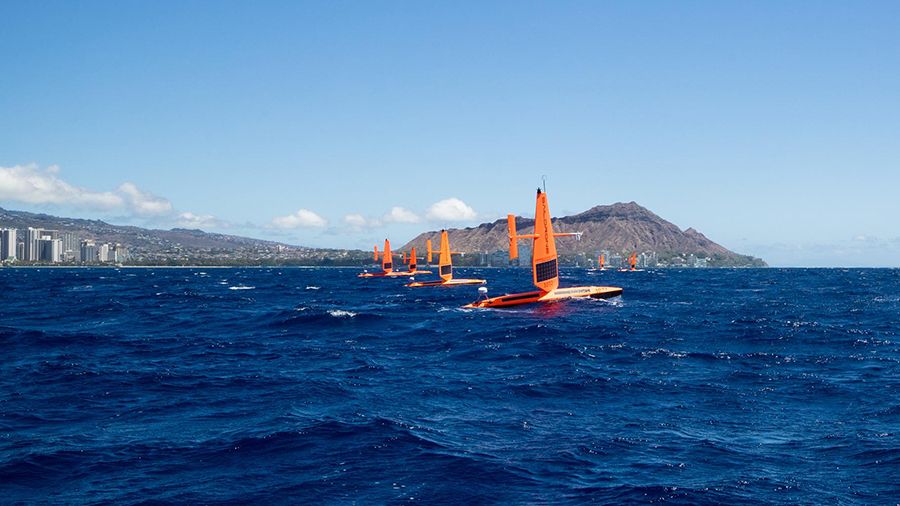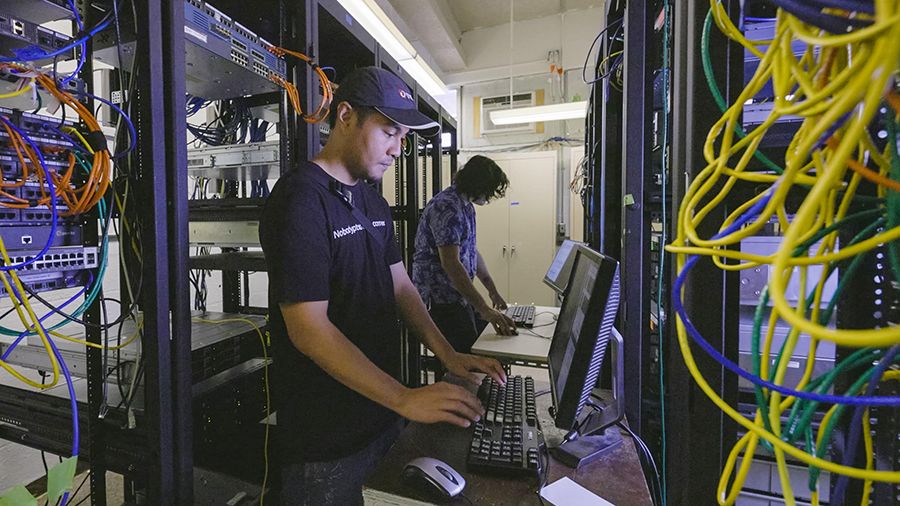LIHUE, Hawaii — The next generation of Kauai youths from Island School recently released two fledgling ‘A‘o, the Newell’s Shearwater, during the annual Ho‘opomaika‘i ‘ia na Manu ‘A‘o that translates to a cultural release of the native Newell’s Shearwater. The Kauai Endangered Seabird Recovery Project and Save Our Shearwaters Program, both supported by the Department of Land and Natural Resources, organized the event at Lydgate Park.
Each year, the endangered ‘A‘o and U‘au (Hawaiian Petrel) face threats such as collisions with power lines and bright artificial lights. The month of October is of special concern because that’s when a high number of young ‘A‘o leave their burrows in remote mountain areas for the first time to head out to sea. Along the way, they’re attracted to the bright lights and end up circling them until exhausted. They fall to the ground and cannot take off easily. If not rescued by people, they often become prey to cats and dogs or are run over by cars. Many are never found, according to the DLNR.
SOS rehabilitates the birds that are found by rescuers. In recent decades, however, both species have experienced severe declines. KESRP conducted studies between 1993 and 2013 that found Kauai’s population of ‘A‘o had declined by 94% and U‘au by 78%.
Involving students from Island School in the release of the fledglings, along with sharing information about these endangered birds with youths, creates a connection, inspiring them to become protectors.
KESRP Coordinator Dilek Sahin said the hands-on, up-close encounters with the typically out-of-sight birds are invaluable. “As the next generation of leaders on Kauai, today’s keiki will be responsible for protecting these seabirds. When they see young ‘Aʻo for themselves, they form a personal connection that will last a lifetime,” said Sahin.
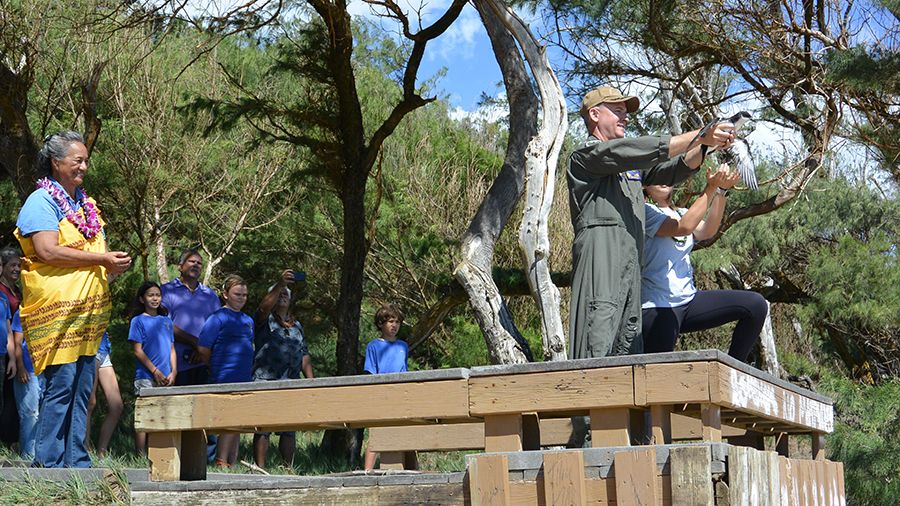
Prior to the release, KESRP staff gave presentations about Kauai’s three endangered seabirds at various schools. Students gained lots of information, including the fact that Kauai is the home of about 90% of the world's population of ‘A‘o. After the visits, some students were asked why it was important to protect the endangered seabirds.
“I think we should protect ‘A‘o because we need them to keep a good balance in the forest ecosystem,” said Elise Lawhon.
Aine Conway said, “We should protect ‘A‘o because all birds are welcome, and no bird should have to go extinct.”
“We should protect ‘A‘o because they lay only one egg a year,” said Sophia Kua.
Taylor Agustin added, “They have an important role to play on our islands, they were used by navigators to find their home.”
DLNR guides seabird rescuers to carefully collect and place a fallen bird in one of the aid stations at Kauai County fire stations and other locations around the island. They will then be picked up by SOS staff. The “fallout” season continues until mid-December, so DLNR asks the public to keep an eye out for fallen birds.
Sarah Yamanaka covers events, environmental and community news for Spectrum News Hawaii.




